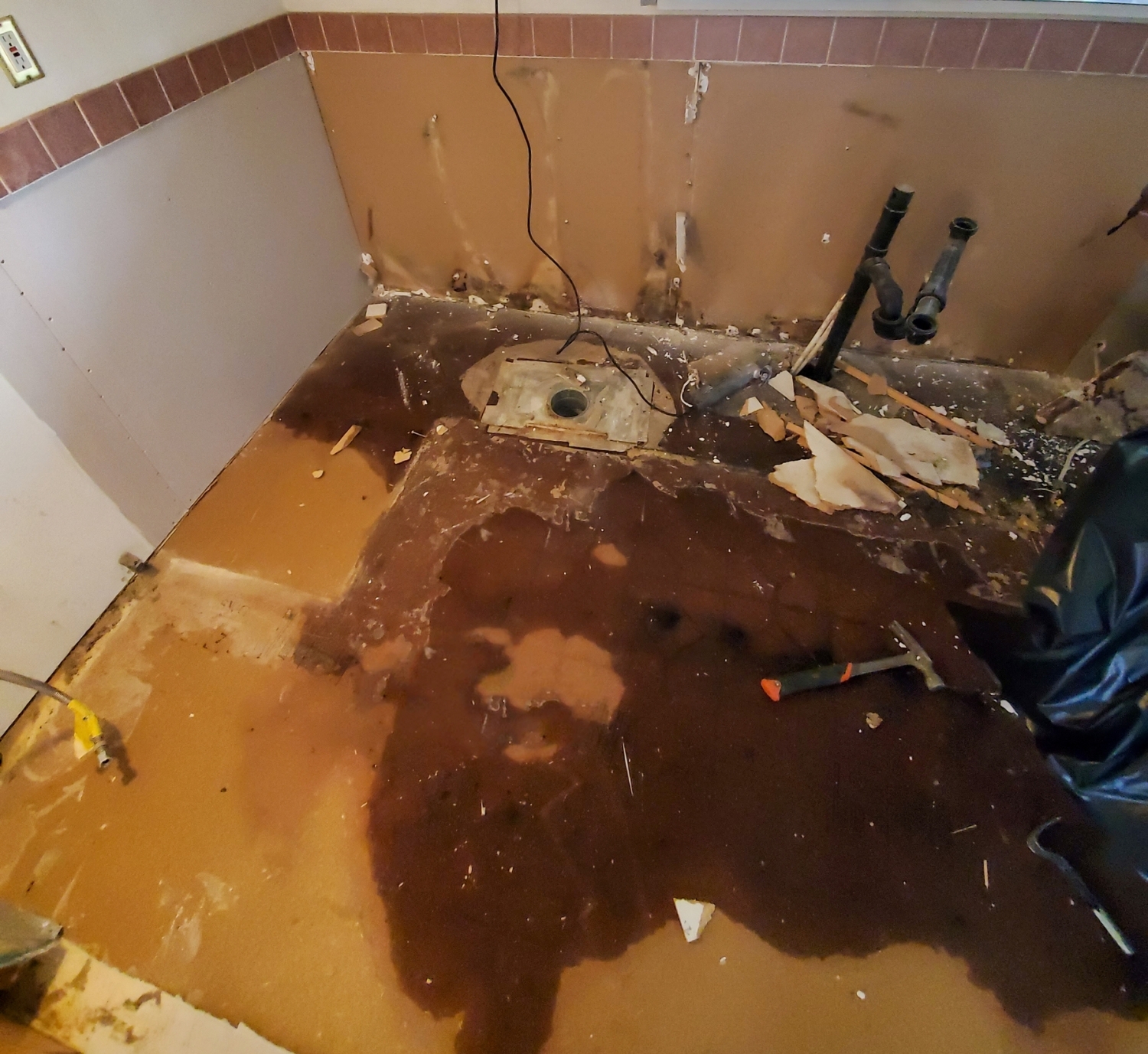When a fire or water disaster strikes, the damage extends far beyond the structure itself. Important business assets such as electronics, inventory, and documents can be compromised within minutes. Smoke, soot, and moisture not only stain surfaces but can also corrode delicate components and destroy sensitive data.
Restoring these contents quickly and correctly makes the difference between a total loss and successful recovery. Before you jump into the cleanup process, it’s important to understand what to prioritize, what to avoid, and how to protect items that can still be saved. Below are practical, professional tips to help you navigate contents cleaning with confidence.
Looking More Closely at Contents Cleaning
Contents cleaning is a specialized restoration process focused on salvaging and restoring items damaged by fire, water, or smoke exposure. It involves far more than general cleaning or debris removal.
Modern restoration equipment, such as ultrasonic cleaners, ozone chambers, and specialized drying systems, allows professionals to recover items that might otherwise be considered unsalvageable.
Each item is carefully evaluated to determine whether it can be restored, how it should be cleaned, and what materials or technology are needed to do so safely. The process often includes several phases:
Sorting & Cataloging
All items are carefully inspected, documented, and categorized based on condition, damage level, and restoration priority. This step helps determine what can be saved versus what must be discarded.
Cleaning & Disinfecting
Salvageable items are cleaned using methods appropriate to their material and damage type—such as dry cleaning, hand washing, ultrasonic cleaning, or antimicrobial treatments. This removes soot, residue, and contaminants left behind after a fire or water event.
Deodorizing & Odor Removal
Smoke, mildew, and microbial odors are eliminated using specialized techniques like ozone treatments, thermal fogging, or hydroxyl generators. This ensures contents are fully restored, not just surface-cleaned.
Repacking & Secure Storage
Once items are clean and deodorized, they’re repacked using protective materials and stored in a controlled environment until the structure is repaired and ready for move-back.
Common Types of Damaged Content
After a fire or water disaster, nearly every item in a commercial property can be affected. Some materials absorb smoke, while others deteriorate rapidly when exposed to water or humidity. Understanding the most vulnerable items helps determine what can be restored and what must be replaced.
The most common types of damage include:
Electronics & Equipment: Computers, servers, and machinery can short-circuit or corrode after exposure to moisture or soot.
Documents & Records: Paper files and blueprints absorb water and smoke, making them prone to mould and ink smearing.
Furniture & Fixtures: Upholstery, wood, and metal components can stain, rust, or warp.
Inventory & Products: Stock materials or merchandise can sustain smoke odor or moisture damage that affects usability.
Professionals evaluate every item to determine what can be salvaged through advanced drying, deodorization, and cleaning methods. The goal is always inventory salvage and the safe recovery of water-exposed assets whenever possible.
Best Practices for After-Fire Cleaning
Fires leave behind more than visible debris. Soot, ash, and chemical residues can penetrate porous materials and release strong odors if not handled properly. Effective after-fire cleaning requires specialized techniques that eliminate contaminants without spreading them further.
Professionals begin by removing dry soot using HEPA-filter vacuums and dry sponges. Delicate materials may undergo ultrasonic cleaning, which uses high-frequency sound waves to remove residue without abrasion. For smoke odor, ozone or hydroxyl treatment neutralizes particles trapped in fabrics and electronics. Each method is selected based on the material type and level of contamination.
Best Practices for Water-Exposed Assets
Water damage can be just as destructive as fire, especially when it comes to electronics, documents, and inventory. Acting quickly is crucial to prevent corrosion, mold growth, and permanent material loss.
The first step is to remove standing water and begin controlled drying using dehumidifiers and air movers. Sensitive items such as files or photographs can often be saved through freeze-drying, which extracts moisture while preserving structure and ink integrity. For electronics, technicians disassemble and clean components to prevent rust and short-circuiting.
Moisture levels are carefully monitored throughout the process to ensure all items dry evenly and safely. Time is critical, as water damage worsens the longer materials remain saturated.
Why Professional Content Restoration Matters
When a disaster disrupts your business, professional content restoration can make the difference between a temporary setback and a major loss. Skilled technicians use specialized equipment and methods that protect sensitive materials while restoring them to usable condition.
This level of precision is especially important for commercial clients who depend on electronics, documents, and inventory to keep operations running.
Preventing Future Damage
Although disasters cannot always be avoided, preventive measures can limit the extent of damage if one occurs. Commercial property owners can take proactive steps to protect their assets year-round.
- Maintain proper climate control in storage areas to prevent moisture buildup.
- Keep important documents and backups in waterproof containers or off-site locations.
- Schedule routine electrical and plumbing inspections to identify early risks.
- Develop an emergency response plan with a trusted restoration partner.
Partnering with a local expert ensures your facility is prepared for potential emergencies. A leader like Putman can give you the support you need to boost readiness and lower your recovery time.
Restoring Property Value & Peace of Mind
Recovering from a fire or water disaster takes more than rebuilding. It requires careful attention to the contents that keep your business running. Professional content cleaning preserves valuable assets, reduces losses, and helps your company return to normal operations faster.
Putman Leads Disaster Restoration in Louisiana
If you’re ready to trust a local expert to get your facility back to operational readiness from a state of post-disaster damage.
Call us at 318-453-5029 or reach out online to schedule your consultation and find out more about how we can protect you, your business, and your assets.
 Emergency Service 24/7
Emergency Service 24/7  (318) 453-5029
(318) 453-5029 

 (318) 453-5029
(318) 453-5029